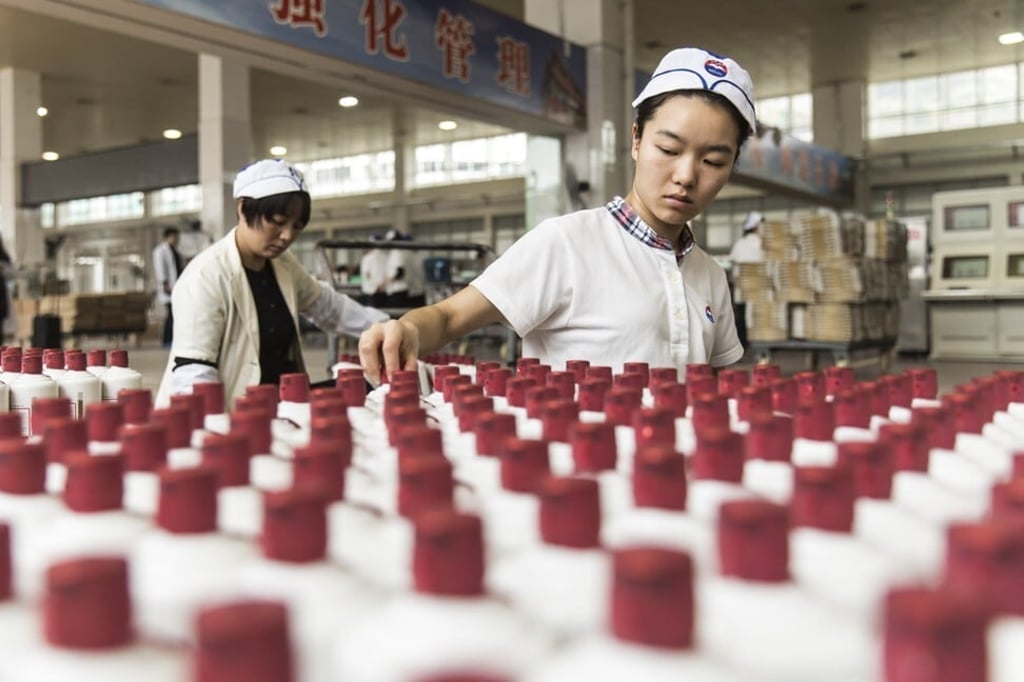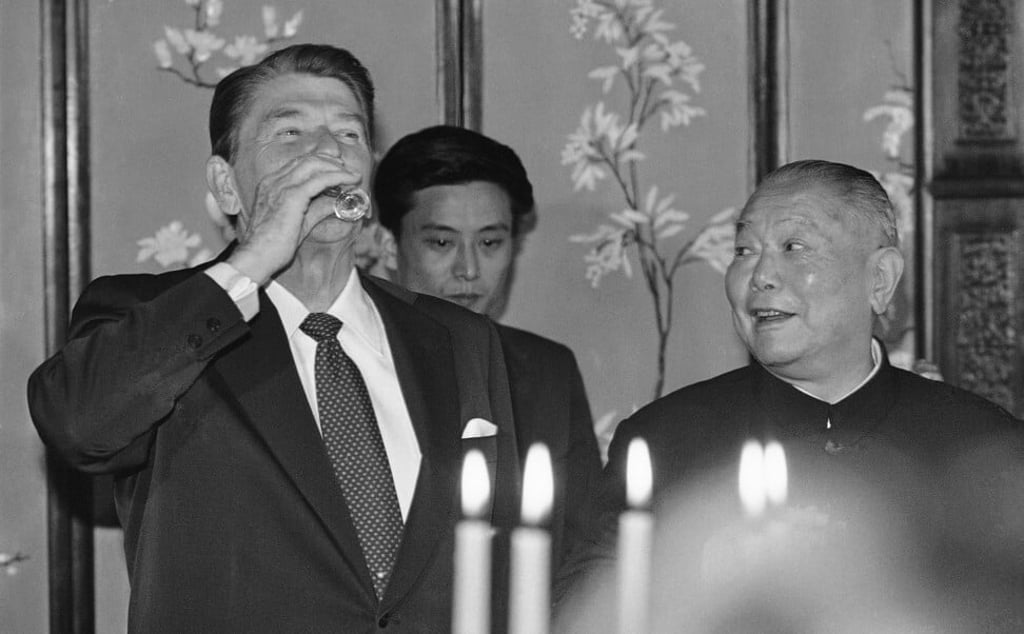Baijiu, China’s national drink served to US presidents Nixon and Reagan – where does this potent ‘fire water’ liquor come from and how is it made?

Allegedly created 4,000 years ago by King Yi Di but promptly banned in fear future leaders would become alcoholics, the clear sorghum-based spirit has been produced in a variety of ways for centuries and at strengths up to 60 per cent – today it’s big business, with rare bottles worth many thousands of US dollars
Baijiu is big business. Nicknamed “fire water” for its intense flavour and strength, the Chinese liquor is huge in its homeland and looking to take over the world. Kweichow Moutai, one of the most famous producers of baijiu, is the most valuable company listed in mainland China – more valuable than the likes of Diageo, which owns brands such as Johnnie Walker, Smirnoff, Baileys, Tanqueray and Guinness – and is worth more than nearly all the major international drinks brands put together.
Despite the big bucks involved – and individual bottles have been sold at auction for hundreds of thousands of US dollars – baijiu looks ordinary enough. It is a clear spirit, like vodka or soju, with a potent ABV anywhere between 40 to 60 per cent, and is most commonly distilled from sorghum, a grain grown throughout the world.
The drink is often compared to whisky in the complexity of its production and the variety and subtlety of flavours that can be produced. And this is no mere marketing guff. Hundreds of different baijius are made in China, and the spirit can be classified a number of ways such as by manufacturing techniques, fermentation starters, flavours, alcohol content and raw materials. Within each of those categories there are subdivisions expanding the range of baijiu.
For instance, it can be made via solid-state fermentation, a semi-solid state fermentation or a liquid state process. Different fermentation starters include daqu (made from grains like wheat and barley), xiaoqu (made from rice) and fuqu (made from bran). There are a dozen established flavour profiles, albeit with most falling into one of three main categories – strong, light and sauce. Alcohol content can be labelled high (more than 50 per cent), medium (41-50 per cent) or low (40 per cent or less).

The exact origins of baijiu, China’s national drink – famously served to Nixon when he became the first American president to visit the People’s Republic of China – are somewhat unclear. Alcohol has been created in the region since prehistory. In 1983 archaeologists working in modern-day Henan Province unearthed pottery dating back to the Jiagu civilisation (7,000-5,800BC), which when analysed featured traces of an alcohol made from a mix of grapes, hawthorn fruit, honey and rice.
The technology required for distilling alcohol into a hard spirit did not develop until much later, however. The writings of Tang dynasty (618-907) poet Li Bai mention a clear spirit called shaojiu, but no evidence exists to determine whether this is a distilled spirit like baijiu or possibly just a fermented beverage like sake.
By the 12th century and the Song dynasty, the picture becomes clearer. By now Arabs in the Middle East had known for centuries that the process of distillation could be applied to alcohol (which has a different boiling point from that of water) – the philosopher Al-Kindi had already written in the 9th century of just such a thing. Thanks to the trade networks established by the Silk Road, this knowledge eventually spread to China. The oldest still in the country, dating to the 12th century, was uncovered at an archaeological site in Qinglong, Hebei Province.
